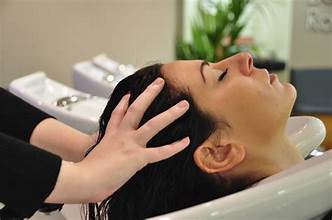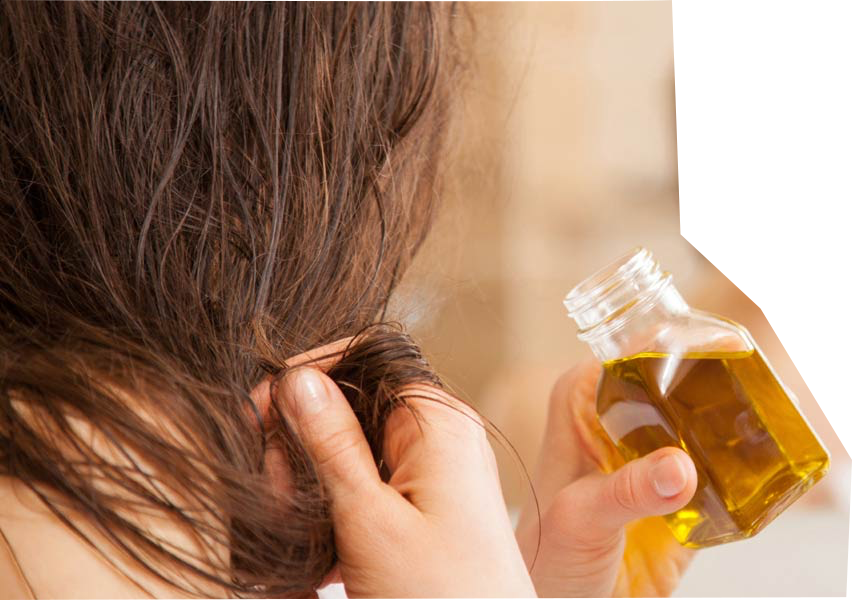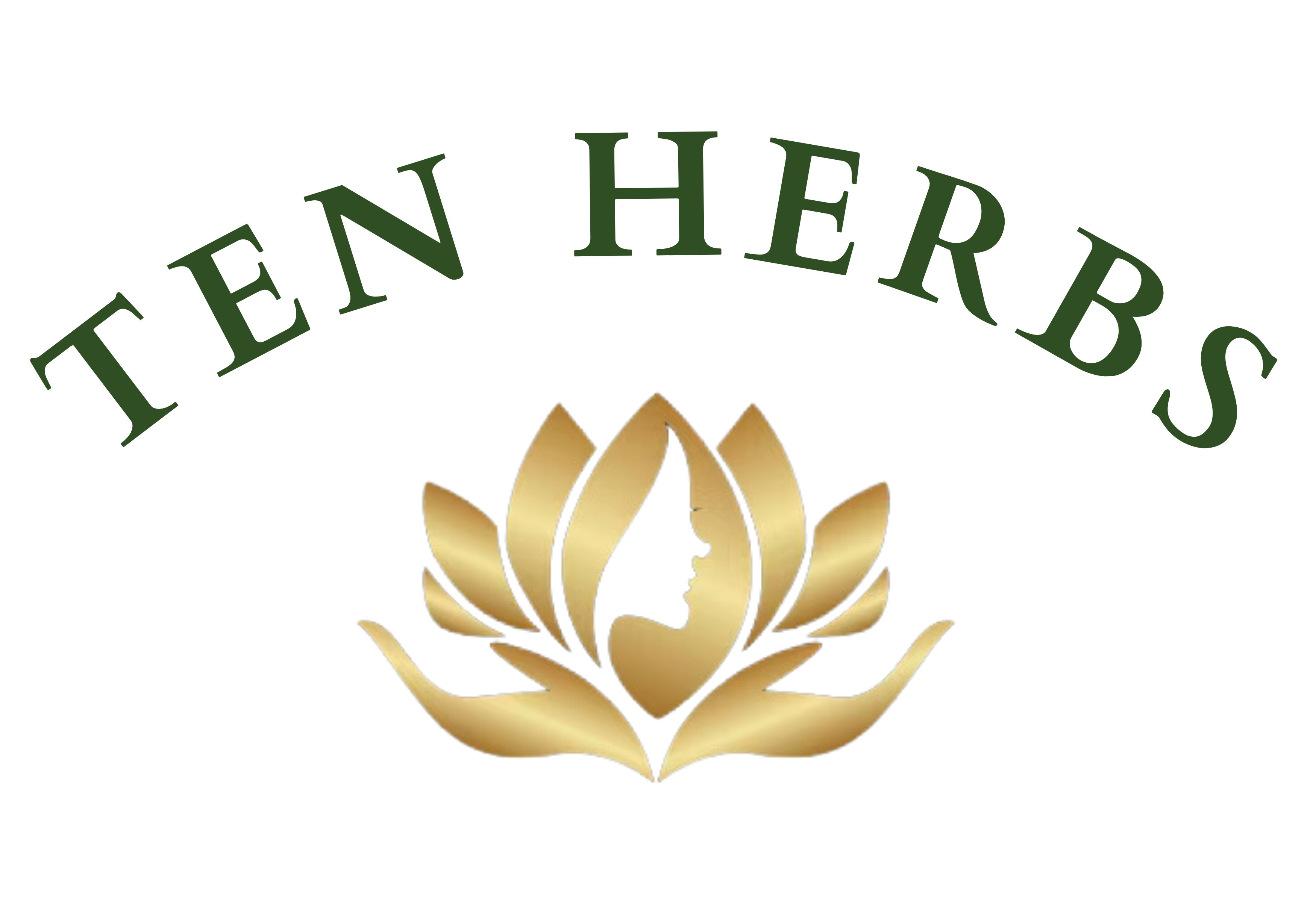A relaxing hair massage is more than just a beauty ritual; it’s a therapeutic experience that promotes healthier hair and a calmer mind. Oiling your hair and massaging it into your scalp has been a cherished tradition in many cultures for centuries. Not only does it help in nourishing your scalp and hair strands, but it also improves blood circulation, reduces stress, and can even aid in better sleep. In this blog post, we will explore how to massage your hair with oil step-by-step, tips to enhance the benefits, and expert advice from dermatologists to ensure you get the most out of this practice.
Why is Hair Oiling Important?

Hair oiling is a holistic approach to hair care that combines nourishment, hydration, and relaxation. According to Dr. Sameena Khan, a dermatologist from Pakistan, “Regular oiling and massaging the scalp help restore the natural moisture barrier, strengthen the roots, and promote healthy hair growth.” Oils like coconut oil, almond oil, argan oil, and jojoba oil contain essential fatty acids, vitamins, and antioxidants that rejuvenate the scalp and hair.
Dr. Anna Rivers, a dermatologist based in the USA, adds, “Massaging oil into your hair not only hydrates and conditions the strands but also helps to exfoliate the scalp, removing product buildup and improving hair follicle health.”
Choosing the Right Oil for Your Hair
The type of oil you use depends on your hair type and concerns:
- Coconut Oil: Ideal for dry, damaged hair and scalp. It penetrates deep into the hair shaft, providing intense hydration.
- Almond Oil: Almond oil is rich in vitamin E, it’s excellent for promoting hair growth and adding shine.
- Argan Oil: Argan oil is perfect for frizzy and brittle hair, it helps reduce split ends and adds a silky texture.
- Jojoba Oil: A lightweight oil that closely mimics the scalp’s natural sebum, making it great for oily scalps.
- Castor Oil: Caster oil known for its thick consistency, it’s commonly used to encourage hair growth.
Step-by-Step Guide to Massaging Hair with Oil

Step 1: Select Your Oil and Warm It Up
Warm oil penetrates the scalp and hair better than cold oil. Pour 2-3 tablespoons of your chosen herbal oil into a bowl and place it in warm water for a few minutes. Make sure the oil is comfortably warm, not hot, to avoid scalding your scalp.
Step 2: Detangle Your Hair
Before applying the oil, gently detangle your hair using a wide-toothed comb. This helps prevent breakage and ensures even application.
Step 3: Partition Your Hair
Divide your hair into sections to ensure you apply the oil thoroughly. Typically, 4-6 sections work best, depending on your hair’s thickness and length.
Step 4: Apply Oil to the Scalp
Dip your fingers into the warm oil and start applying it directly to your scalp. Use your fingertips, not nails, to gently rub the oil in circular motions. Focus on areas that are dry or flaky.
Step 5: Massage Your Scalp
Use gentle pressure to massage your scalp for 5-10 minutes. This stimulates blood circulation and enhances the absorption of nutrients. Techniques you can use include:
- Circular Motion: Move your fingertips in small circles to increase blood flow.
- Zig-Zag Motion: Slide your fingers in a zig-zag pattern to cover the scalp more thoroughly.
- Tapping: Lightly tap your scalp with your fingertips to relax the muscles and stimulate nerve endings.
Step 6: Coat the Hair Strands
After the scalp, apply the remaining oil to the mid-lengths and ends of your hair. Focus on the ends as they are more prone to dryness and damage.
Step 7: Leave the Oil On
For maximum benefits, leave the oil on for at least 1-2 hours. If you have time, let it sit overnight by wrapping your hair in a silk scarf or using a shower cap to avoid staining your pillow.
Step 8: Wash Off Thoroughly
Use a gentle shampoo to remove the oil. Depending on your hair type and the amount of oil used, you may need to shampoo twice. Follow up with a conditioner for added softness.
Conclusion
Massaging your hair with oil is a time-tested practice that can transform your hair health when done correctly. By choosing the right oil, using effective techniques, and avoiding common mistakes, you can achieve lustrous, healthy hair while enjoying a calming ritual. Whether your goal is to combat hair fall, reduce dandruff, or simply pamper yourself, incorporating regular hair massages into your routine is a simple yet powerful way to enhance your overall well-being.
